Greetings. I’ll try to get some energy from a toy (the simplest heat engine) of a drinking bird.
In theory, an enlarged model of such a stand can serve as a pump. To pump water out of the ground, that is, to self-supply.

I'll assemble a test stand from HDD
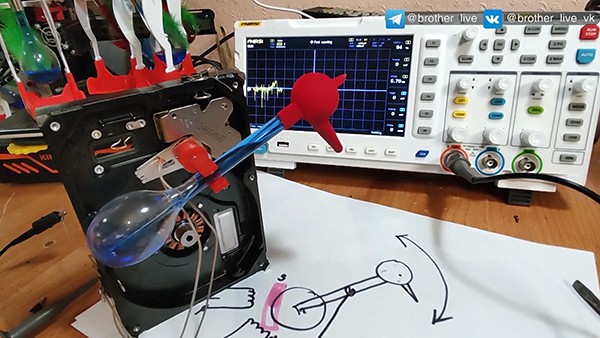
Unfortunately, the HDD gives only 100mV.
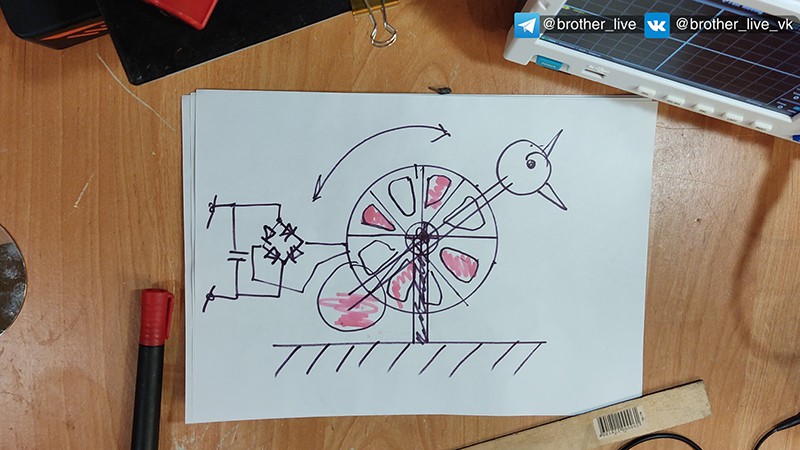
I’ll try to print and assemble a single-phase alternating current generator and get a constant voltage using a diode bridge, connect some kind of load, of course it’s unlikely that it will pull anything.
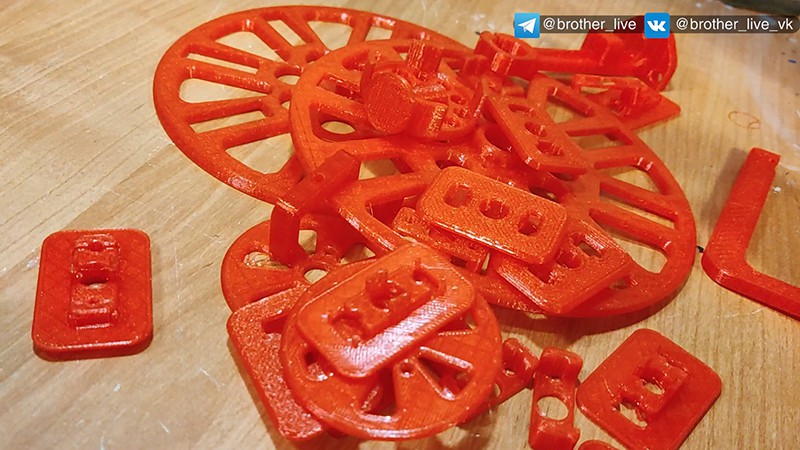
Where can I get magnets? I have some dead wheels from a hoverboard, they have awesome neodymium magnets.
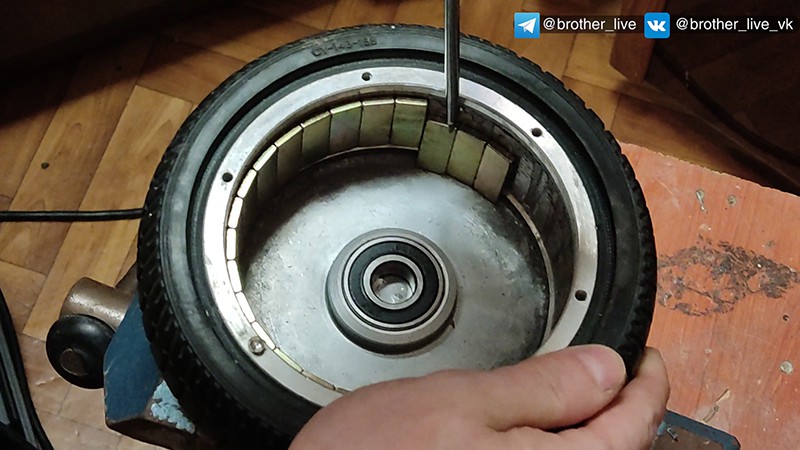
I have a Soviet winding machine just for such purposes. The coils will be wound 100 turns each and, of course, randomly, but alternate clockwise against clockwise. The number of coils and magnets in an alternator must be even.

The stator and rotor married perfectly in this printed design. Still, I believe that for such purposes we need something like needle bearings; in these, although a tiny amount of play is visible, it still exists.
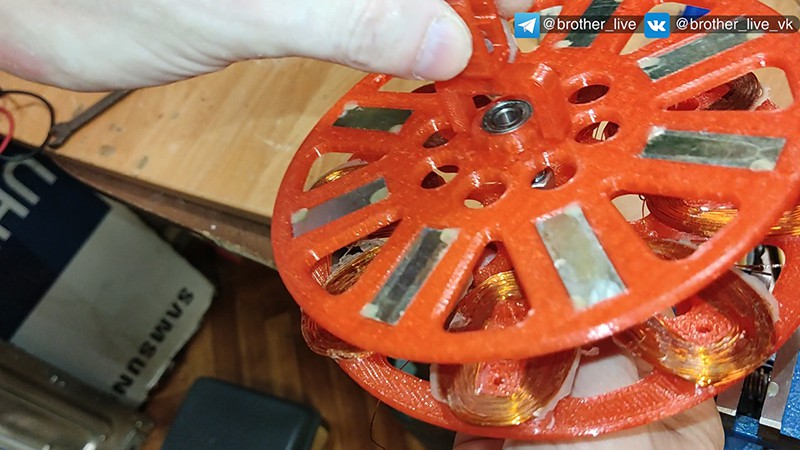
Yes, more turns increased the voltage. I put one division at 5v and as you can see it’s almost 20v. shows the change. Of course, in terms of current, I think everything will be very sad.

In general, the birds charged the capacitor somewhere around 2.5V. give three pieces. Let's try to catch something.

The equipment working with liquid crystal displays is not very energy-intensive, I’ll try to hook up a calculator
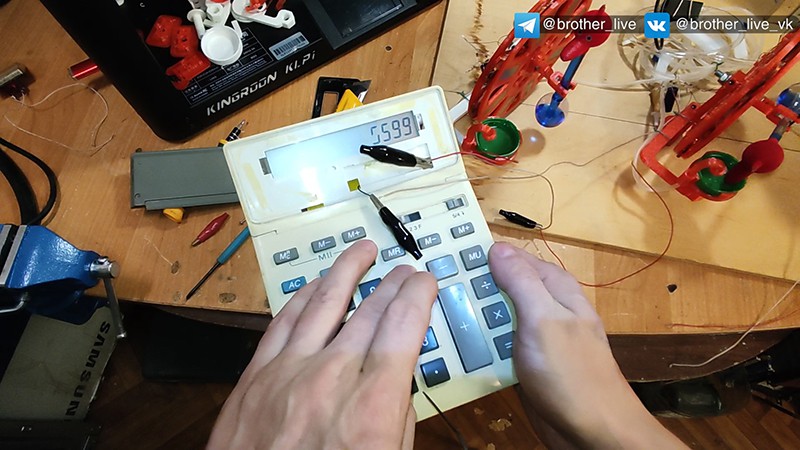
As you can see it works. I think, of course, that it takes the majority from the capacitors, but the chickens still feed them.
The plan for further testing was to hook up the ionistor and assemble a blocking generator. See how long the LED will last.
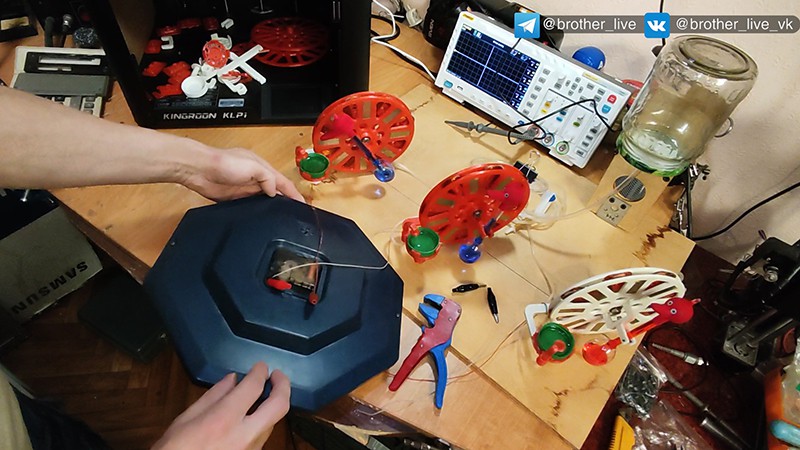
It’s impossible to describe everything in letters, I suggest watching the video report
 brtv-z
brtv-z